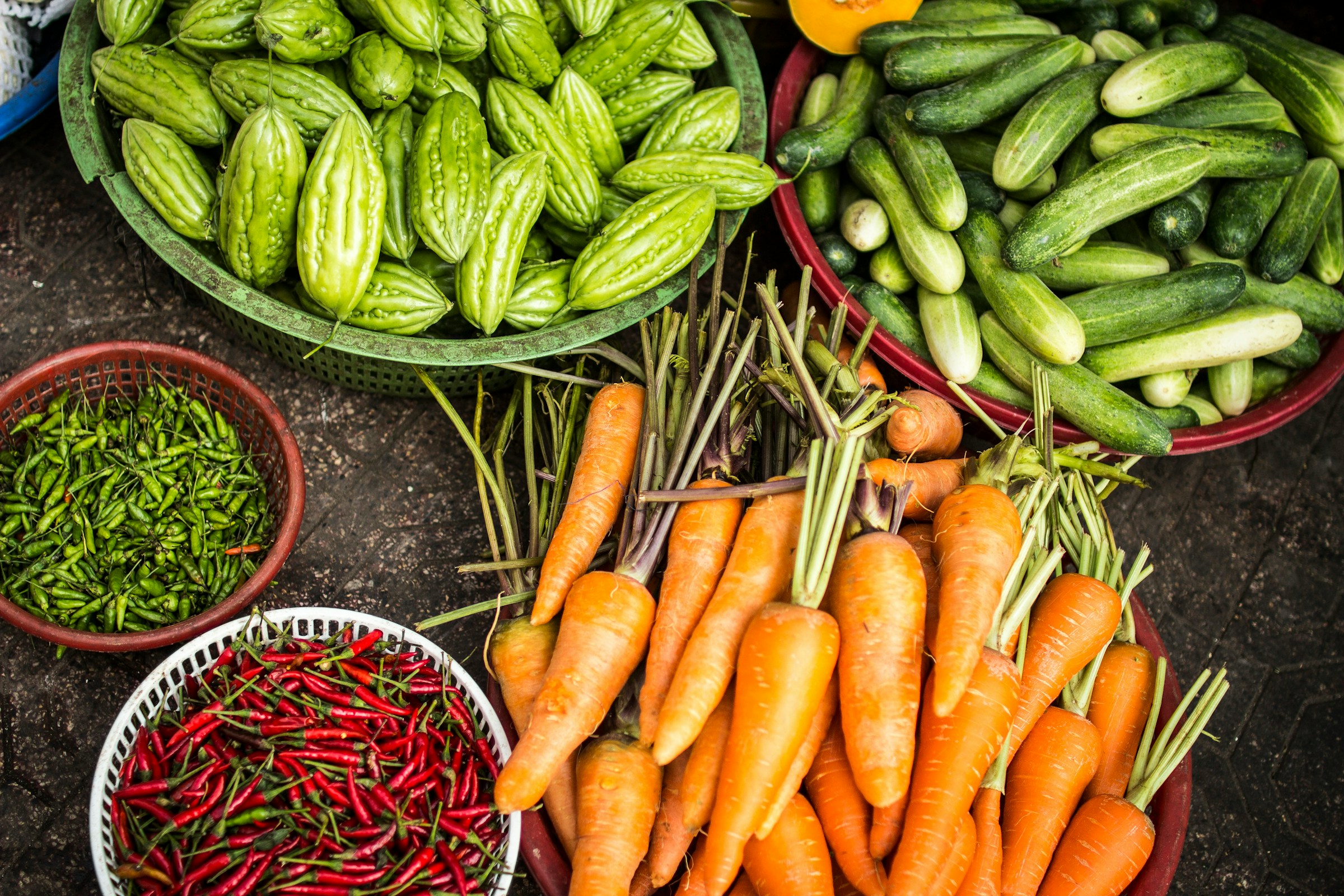
Resource
British Biochar Foundation website
The British Biochar Foundation is inviting people to sign up to its website. Details as follows. Our aim is to provide a place for developers, producers, enthusiasts and anyone else who is interested, to come together to share knowledge, experience, ideas and contacts and to act as a platform and catalyst for the emerging biochar industry.